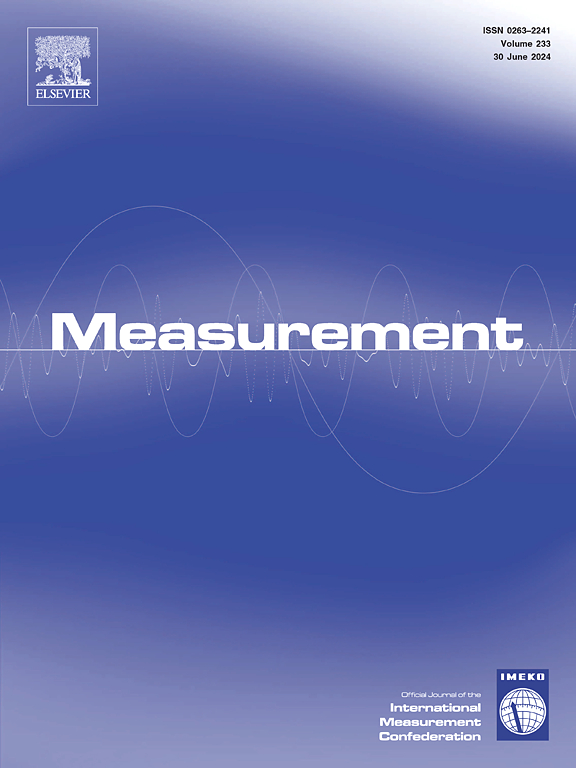Dual Fabry-Perot interferometric fibre-optic vernier temperature and salinity sensor based on femtosecond laser etching
IF 5.2
2区 工程技术
Q1 ENGINEERING, MULTIDISCIPLINARY
引用次数: 0
Abstract
In this research, dual Fabry Perot interferometric (FPI) vernier sensor have been developed to enable highly sensitive measurements of temperature and salinity. Utilizing femtosecond laser technology, a U-shaped open microcavity is etched on hollow core fiber (HCF) to serve as the salinity cavity, allowing for full flow of seawater into the microcavity. Simultaneously, a rectangular square groove is etched on another HCF to serve as the temperature cavity for rapid filling with ultraviolet (UV) adhesive material. To our knowledge, this is the first time that U-type optical fibers are etched to form a fiber optic vernier sensor for simultaneous measurement of seawater temperature and salinity based on femtosecond laser etching. The developed vernier sensor can accurately measure temperature and salinity with the sensitivity of −3.602 nm/°C and 1.533 nm/‰, according to experimental results. In stability tests, maximum shifts in interferometric wavelengths for the salinity and temperature cavities are recorded at 0.58 nm and 0.78 nm respectively. Furthermore, positions of interfering wavelengths remain consistently aligned across six repeatability measurement experiments conducted under identical conditions of salinity and temperature. The proposed structure has excellent stability, sensitivity, and cost-effectiveness. It may be used as a novel form of sensor to monitor seawater salinity and temperature with high resolution.
求助全文
约1分钟内获得全文
求助全文
来源期刊

Measurement
工程技术-工程:综合
CiteScore
10.20
自引率
12.50%
发文量
1589
审稿时长
12.1 months
期刊介绍:
Contributions are invited on novel achievements in all fields of measurement and instrumentation science and technology. Authors are encouraged to submit novel material, whose ultimate goal is an advancement in the state of the art of: measurement and metrology fundamentals, sensors, measurement instruments, measurement and estimation techniques, measurement data processing and fusion algorithms, evaluation procedures and methodologies for plants and industrial processes, performance analysis of systems, processes and algorithms, mathematical models for measurement-oriented purposes, distributed measurement systems in a connected world.
 求助内容:
求助内容: 应助结果提醒方式:
应助结果提醒方式:


